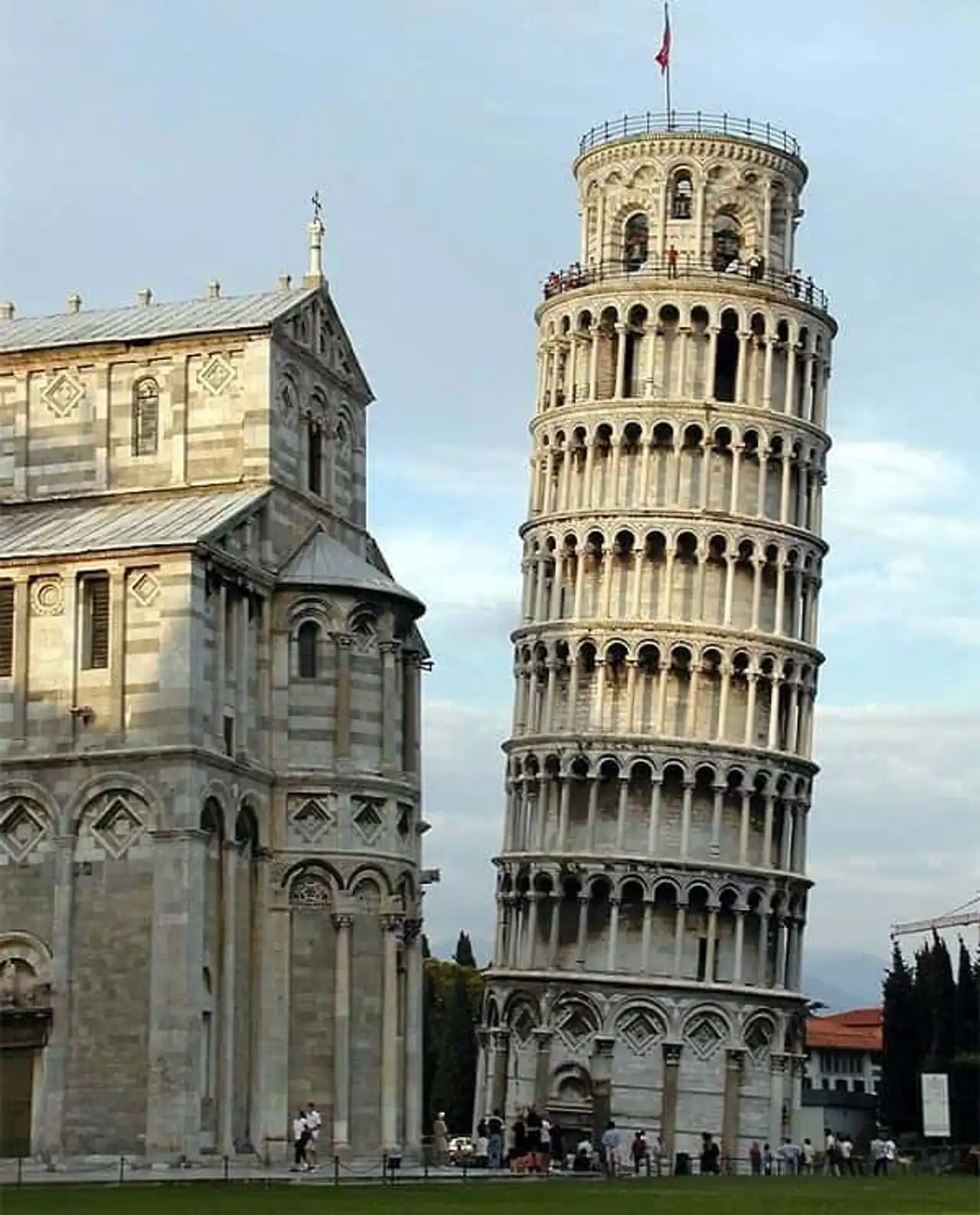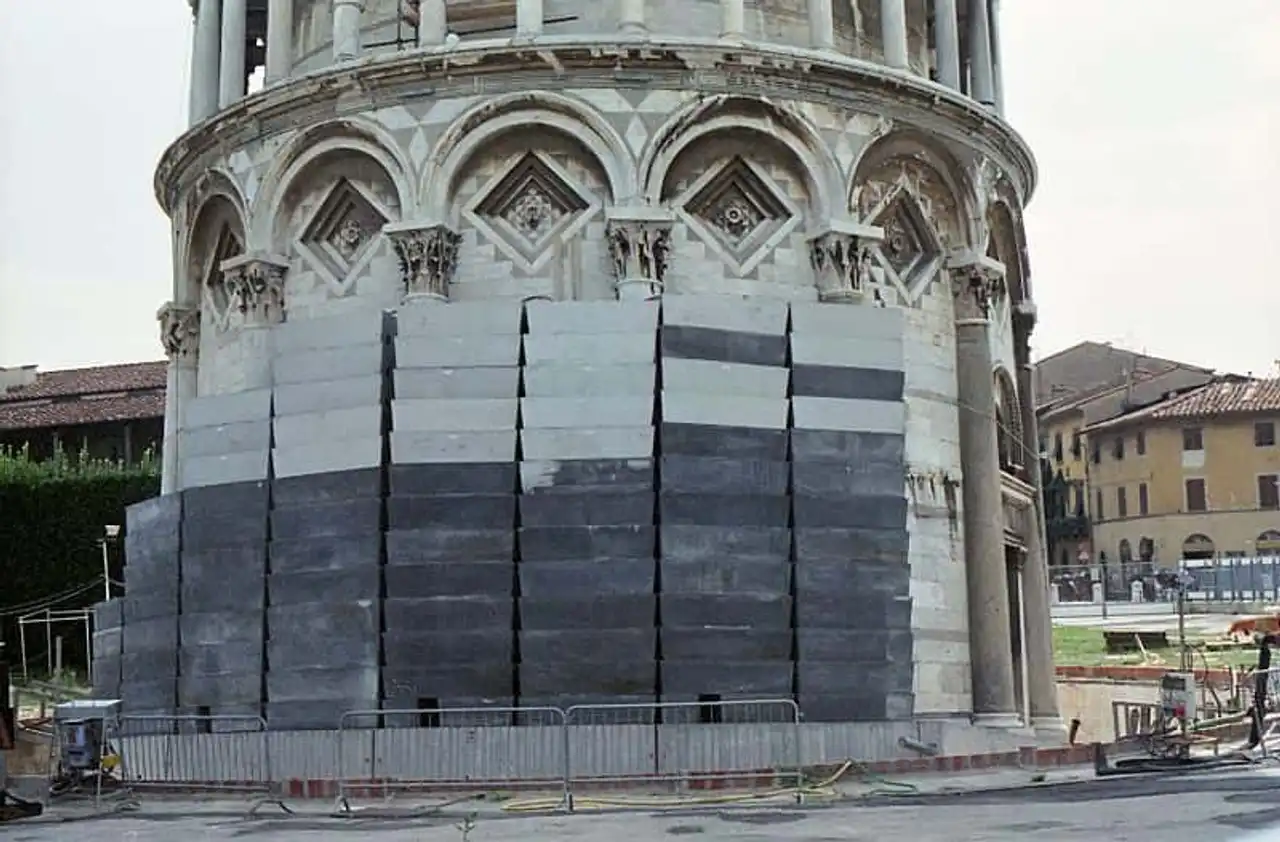Pisa is famous around the world for its famous leaning tower. But do you know what the reason for this inclination is?
The one we know under the name of Tower of Pisa is actually the campanile of Notre-Dame de l’Assomption Cathedral. Located on Miracle Square, Piazza dei Miracoli in original version, it is the most famous and photographed monument of Pisa . Difficult to go Tuscany without making a crochet by this small town and its place classified as a UNESCO World Heritage Site.
The tower whose first stone was laid in 1173 is the major reason for which tourists rush to Pisa from which it is the emblem. Beyond its beautiful Romanesque architecture the success of this monument is due to its amazing inclination. Have you ever wondered why the Pisa Tower is leaning? Here are some answers.
Construction of the tower in question
The turn of Pisa is currently leaned by a little over 3 degrees south. If the tilt angle has not always been the same, the monument began to look very soon after being erected.

Photo credit: Flickr – Softeis
It is indeed the very characteristics of the land that are at stake and which from the outset have leaned the campanile. It was built on an alluvial plain, i.e., consisting of alluvions (old sediments, debris), a soil rich in water that can lead to land degradation . It would then be a sedimentary rock called marne, sensitive to water and promoting slope instability, which would explain why the turn of Pisa is leaned. Other hypotheses evoke a lack of foundation.
A trick that doesn’t end up moving
Continuing to soften, the turn of Pisa had to be closed to the public in 1990. Significant work had then been undertaken in 1993 to secure the building. Lead blocks on the ground, breezes to try to stop the collapse, micro-excavation on the northern part of the foundations, everything had been implemented to save the campanile that was then thought to be devoted to the fall.

Leadweights on the Pisa Tower in 1998 – Photo credit: Wikimedia – Rolf Gebhardt
The work proved to be paid, since in 2003 the tower had recovered 50 cm from its inclination or the appearance it could present at the end of the 18th century. More surprisingly, experts noted that between the end of the work and 2013 the campanile had recovered from itself 2.5 cm of tilt. It seems that after looking for hundreds of years the Pisa Tower suddenly decided to get straight!
This spontaneous turn-up movement is in fact the result of interventions started in 1993. In a way like in the other it would seem that the turn of Pisa has not finished moving and turning our heads!
Main photo credit: Flickr – Andy Hay








Loading comments ...